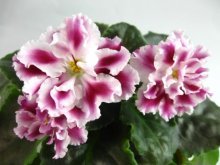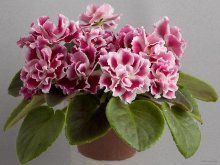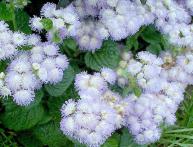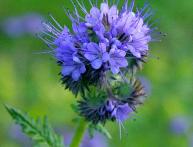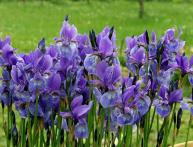Violet “Frosty Cherry”: description of the plant, growing conditions
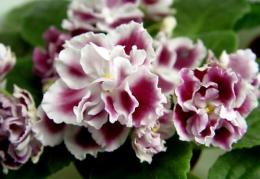
Various types of violets are very popular among gardeners due to their bright and rich colors. Breeders never cease to delight with new varieties violets. One of the popular varieties is the “Frosty Cherry” variety.
Content:
- Description of the violet variety
- Growing: soil preparation and planting
- Plant care
- Useful properties and uses of violets
Description of the violet variety
Violets are perennial plants with creeping rhizomes. The leaves are petiolate and heart-shaped. The violet variety “Frosty Cherry” is distinguished by its extraordinary beauty. The flowers are large and double. The shade can vary from pale pink to crimson. The flowers reach 4 cm in diameter.
In the middle of the petals the color is red-cherry with a delicate white stripe along the edges. The peculiarity of this plant is its ability to change shade: at low temperatures the flower acquires a light shade, and when the temperature rises it becomes cherry.
Saturation varies depending on flowering time. When growing violets of this variety, it is necessary to observe the lighting regime.
If there is not enough light, the leaves stretch upward and the petals begin to lighten. When there is excess light, the leaves gather towards the center, and the color of the flowers becomes paler. Violets varieties "Frosty cherries" love warm climates. The plant does not tolerate high temperatures and high humidity.
The optimal temperature for violets should be between 20-25 degrees. This violet variety blooms early. In the second and third years of flowering, the flowers become larger. Flowering lasts about 10 months. At the same time, the plant requires short breaks to rest.
Growing: soil preparation and planting
Before planting, you should choose the right soil and container for the flower. For a young plant, it is recommended to choose pots with a diameter of about 7 cm. It is not advisable to choose larger pots. The optimal container size for an adult plant should be 9-11 cm wide. In such a container, the root system of violets better adapts to growth.
When growing violets, not only this variety, special soil is used. You can cook it yourself. It should be remembered that the soil for violets should be light and breathable. As a soil mixture for a flower, you need to take garden soil, peat, river sand in a ratio of 3:3:1. It is important not to forget about the drainage layer, which prevents moisture stagnation.
At landing It is necessary to make drainage holes in the container. The Frost Cherry variety is grown from the leaf. It needs to be washed, the cut should be slightly shortened, leaving 2-2.5 cm. After planting, cover with a jar. After a month, the leaf will take root, after which new small leaves will appear.
Plant care
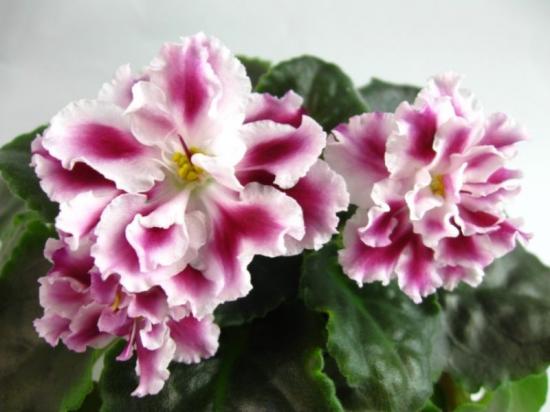
For long-term flowering and proper bud formation, high-quality care is required. It is not advisable to place violets of the “Frosty Cherry” variety on a windowsill that receives bright sunlight. It is recommended to place it on the southwest or east side of the window. In winter, the plant needs additional lighting.
The violet should not be watered frequently, but it is also important to ensure that the soil is not dry. This indoor plant does not like excess humid air, especially spraying. You can clean the leaves from dust only in the shower. The optimal humidity for violets is 60-80%.
For irrigation use warm, settled water. It is recommended to moisten the flower through a tray. You can water the plant from above, but it is important that water does not get on the leaves. In hot weather, watering is done every day, but little by little, and in winter, 2 times a week.
Fertilizer applied 2 weeks after transplantation. In spring and autumn it is necessary to fertilize with liquid mineral fertilizers. With proper and proper care, the “Frosty Cherry” violet will delight you with beautiful blooming flowers.
Useful properties and uses of violets
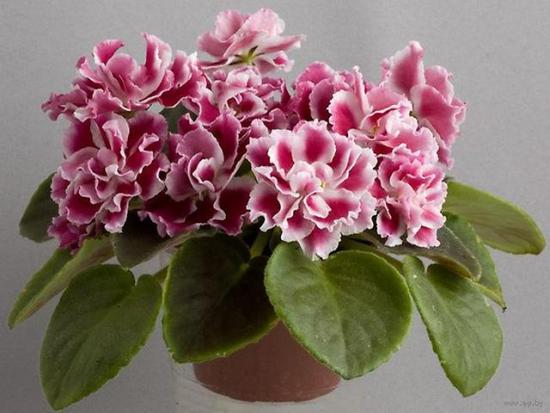
This indoor plant not only pleases household members with its beautiful flowering. Violet is actively used in folk medicine. It has anti-inflammatory, laxative and diuretic effects. Violet herb helps with bronchitis, sore throat, whooping cough, headaches, migraines. A decoction based on violet herb can be used for external and internal use.
An infusion of violet flowers is used for seizures, epilepsy, and tinnitus.
Popular folk recipes from violet leaves and flowers:
- For sore throat. Pour 50 g of plant flowers into 200 ml of alcohol. Close the lid and leave to infuse for 7 days. The prepared tincture is taken 30 ml before meals 3 times a day. To achieve an effective result, you can gargle with this tincture.
- When coughing. Take dried leaves and flowers in equal quantities about 50 g violets. Next, pour a glass of hot water and leave to steep for a day. Then strain, heat slightly over low heat and sweeten. Take a teaspoon 4 times a day. The duration of treatment is about 7 days.
- For insomnia. Take 3-4 grams of flowers and pour boiled milk (200 ml). Leave in this state for 30 minutes. The prepared composition should be drunk before bed and the flowers should be eaten.
It is recommended to add violet decoction to bathing water for babies. With regular use, it helps to cure rickets, eczema, scrofula and skin rashes. When using violet to treat various diseases, remember that the plant is poisonous. It is recommended to consult a doctor before using decoctions and infusions based on violet leaves and flowers.
Video about the flowering of the violet "Frosty Cherry":

